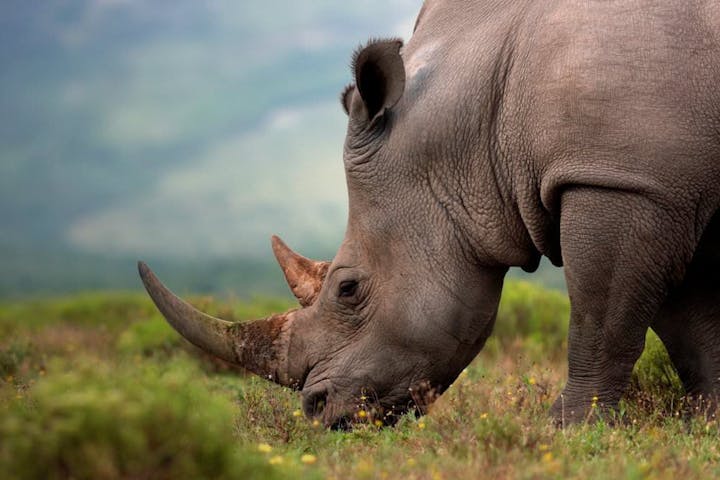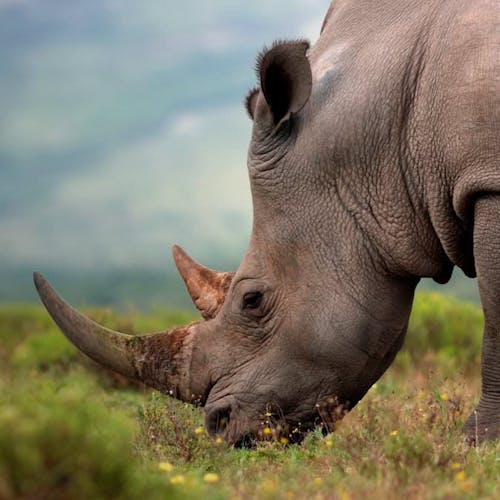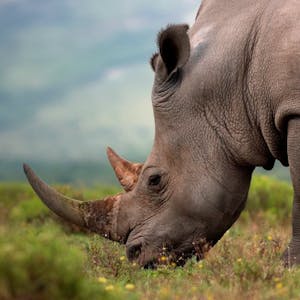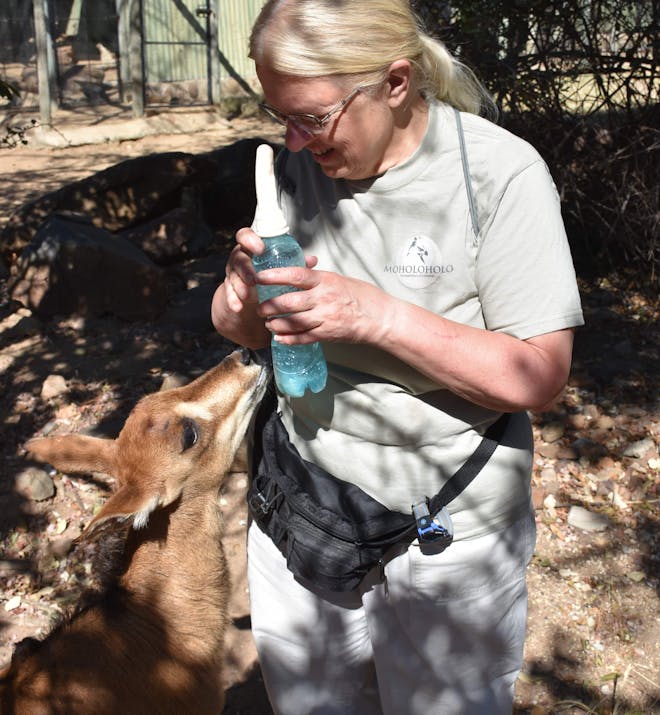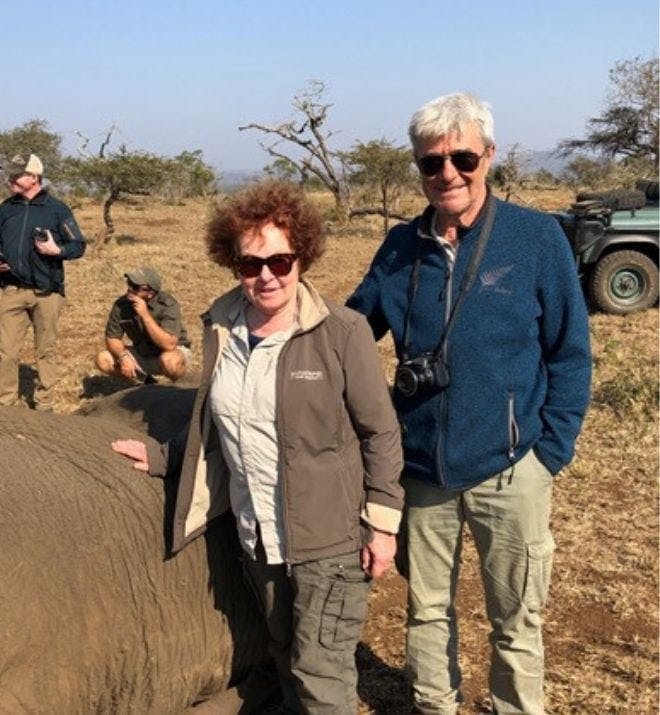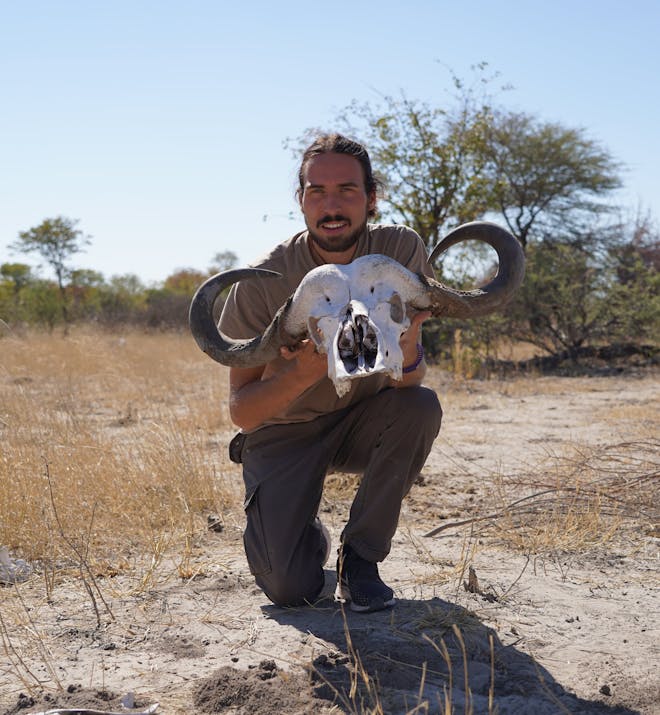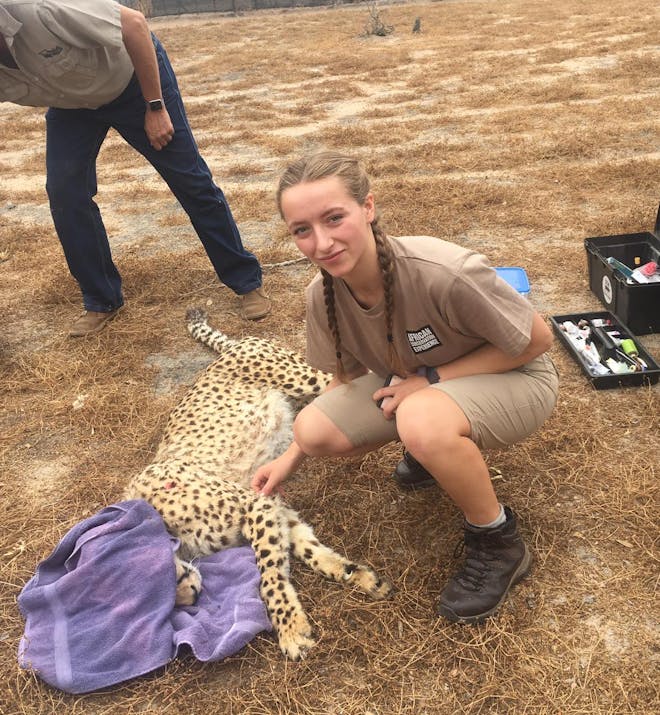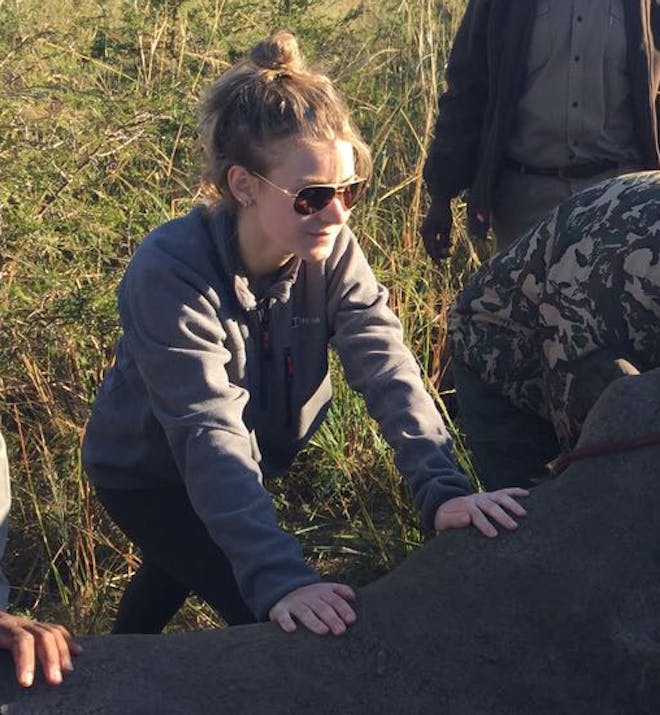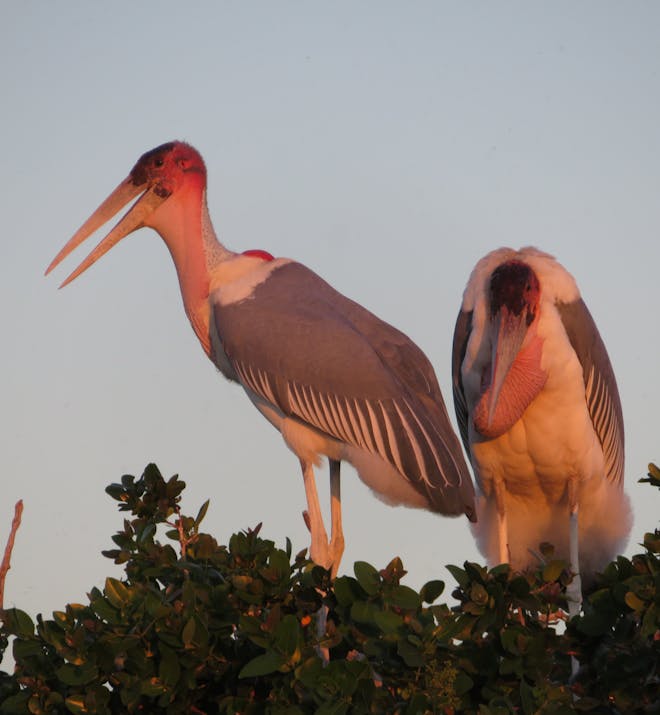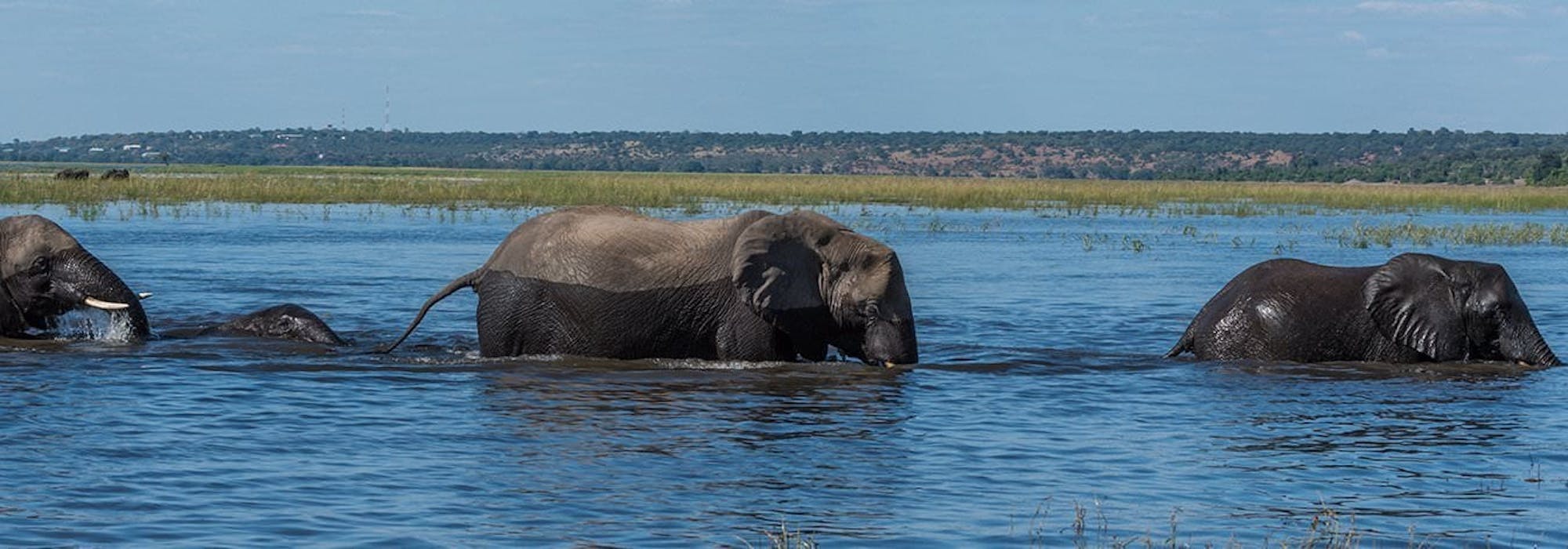
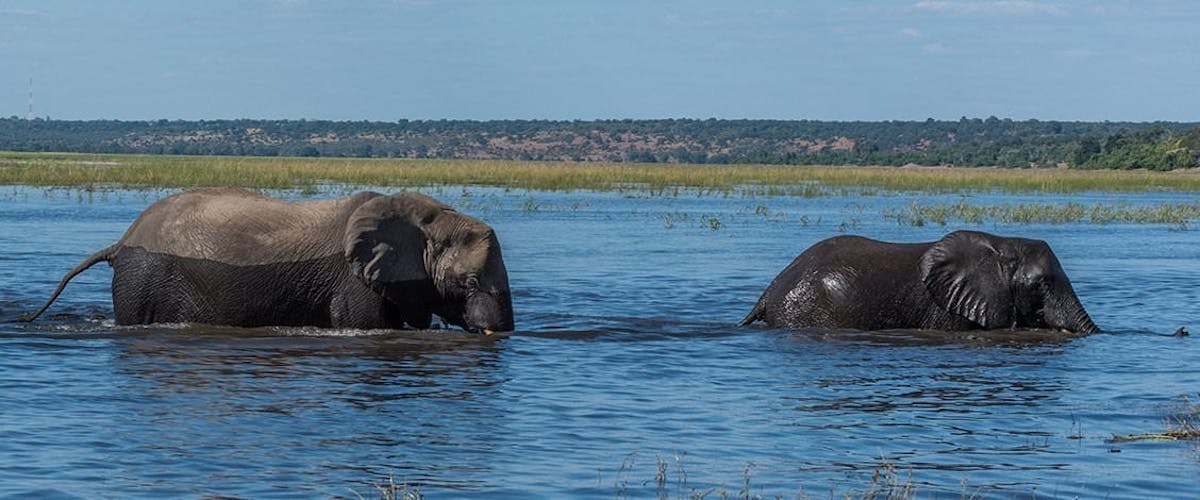
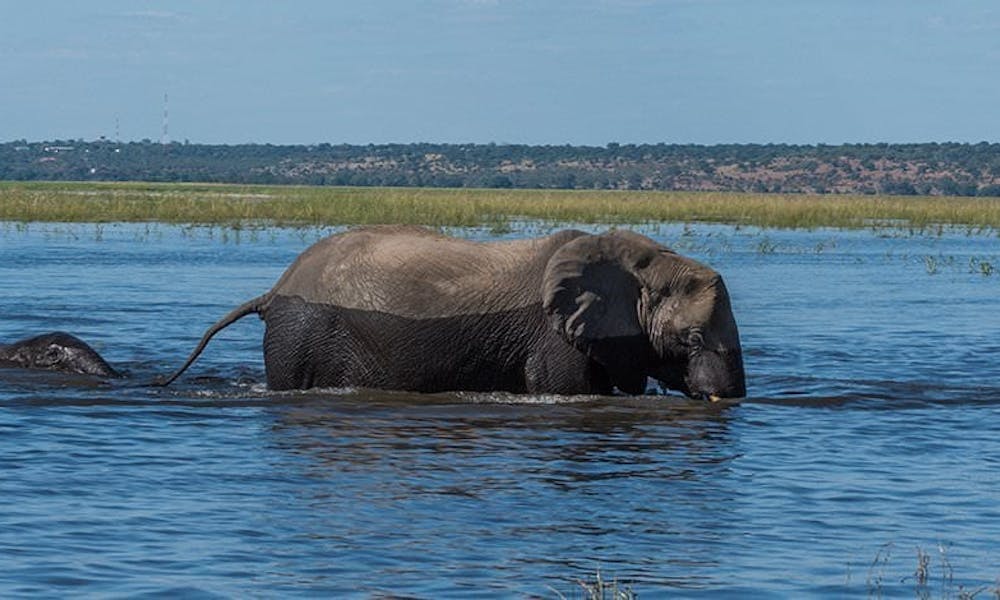

Volunteer with Elephants in Africa
Get to know these amazing creatures and join the fight to save the African elephant
Watching an elephant strip the bark from a tree as if it were taking the shell off a nut, you can’t help but be impressed by the strength of these huge creatures. But when you see a herd of 4,000kg giants tenderly nurturing a newborn calf, you soon discover that elephants truly are nature’s gentle giants.
Why choose these experiences?
As a volunteer on an elephant conservation project, you’ll get to know about the behaviour, biology and threats facing the world’s largest land mammal. Working with field researchers and conservation managers, you’ll also make a real difference in African elephant conservation.
- Regularly view and follow elephants while working with conservation professionals
- Join like-minded individuals in helping to save the African elephant
- Gain skills and knowledge in conservation, zoology, veterinary science and other fields
- Discover Africa’s beautiful ecosystems, away from tourist safaris
Choose your elephant conservation project
From Famous Kruger To Remote Okavango
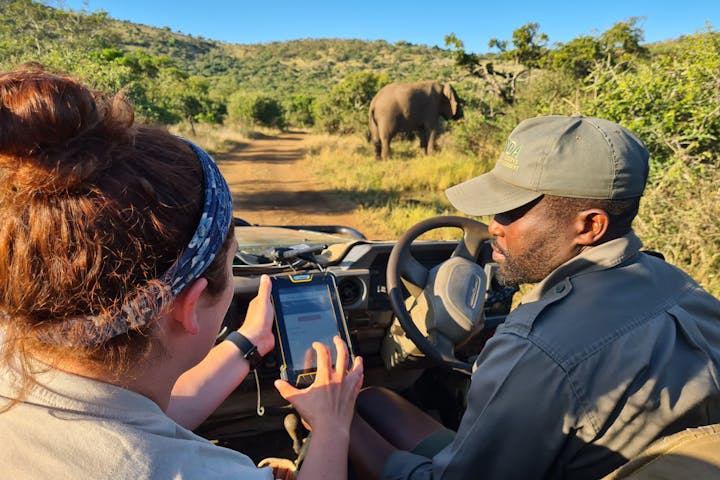

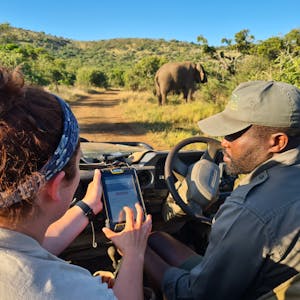

Game Ranger Conservation Experience
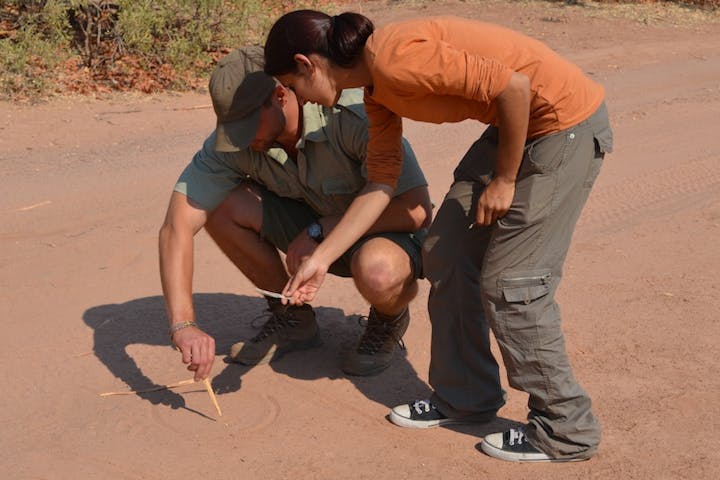
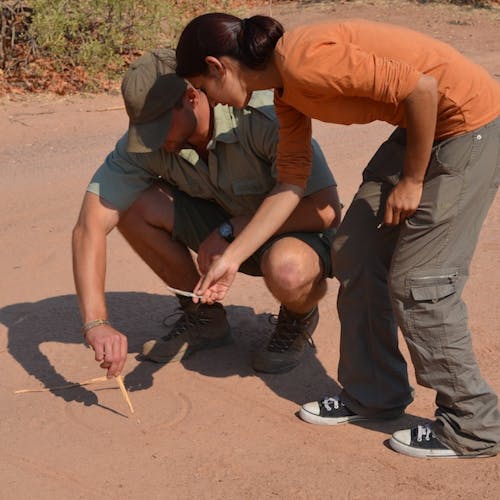


Okavango Wilderness Project
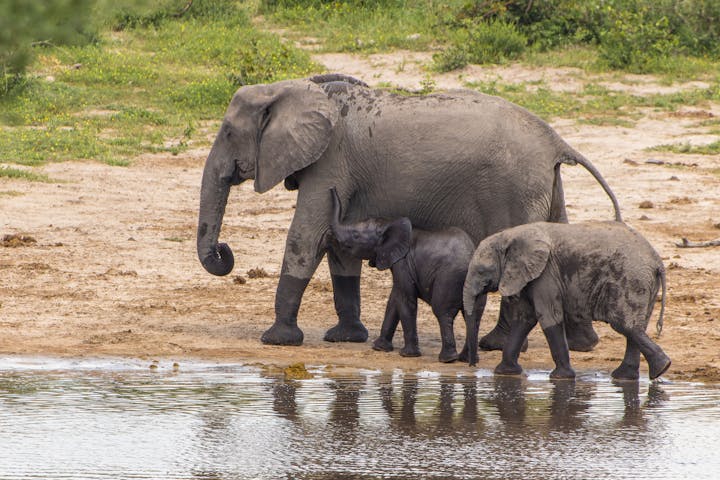
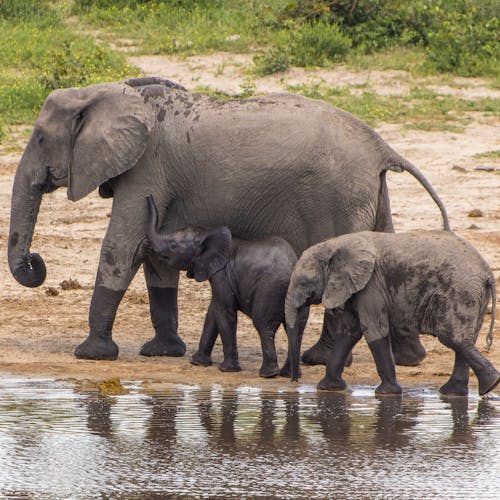
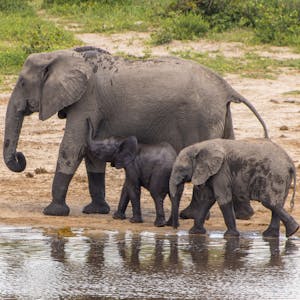

Phinda Wildlife Research Project




The Let’s-Go-All-In Gap Year Experience
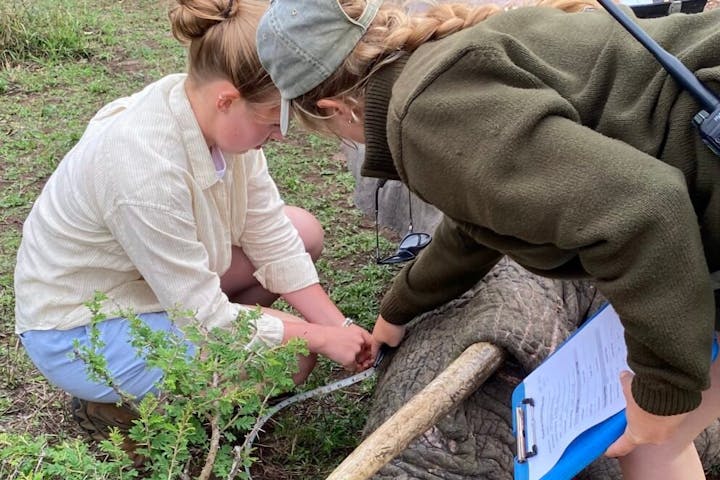
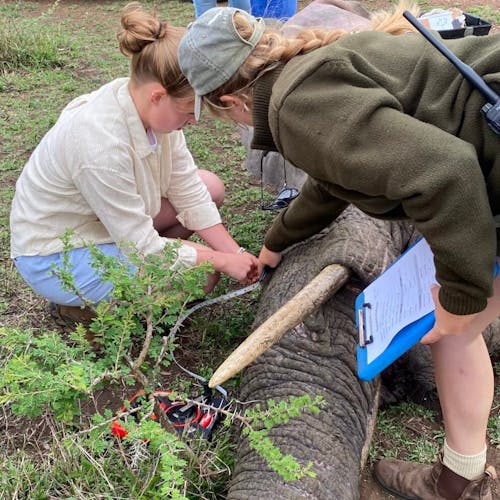
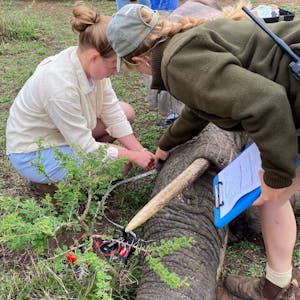

The New Horizons Sabbatical
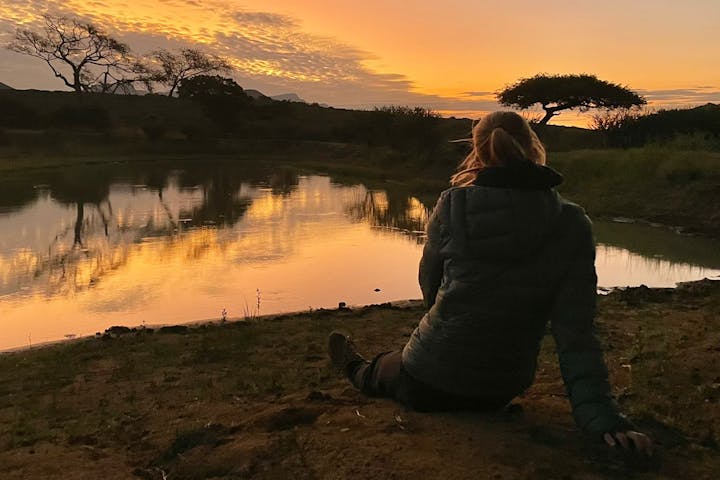



Traveller Stories
10 amazing African elephant facts
1) Herds of elephants are usually made up entirely of females and their young.
Most herds are led by one of the older females, called a matriarch, and young females will stay with the herd throughout their lives. Males, on the other hand, tend to leave the herd around adolescence and live a more solitary adult life.
2) Elephants really do have incredible memories
Hence the saying “an elephant never forgets.” Researchers who work with elephants in Africa have shown they can remember places where their herd found food and water, even many years later. They also remember traumatic experiences and change their behaviour and movements to avoid similar situations.
3) The African elephant is one of the animal kingdom’s most intelligent creatures…
…alongside dolphins, chimpanzees and human beings. Research both in the wild and in elephant conservation projects has shown they have the capacity for complex social structures, humour, play, various emotions and even altruism (selflessly helping other animals in need). Most impressively of all, they are one of the few animals to recognise themselves in a mirror, a clear sign that elephants are to some degree self-aware.
4) The African elephant lives approximately 40-60 years
Females reach sexual maturity around 20 years and typically give birth every three to six years. This means a healthy female elephant can produce up to ten offspring during her life.
5) There are two different kinds of African elephant
The African bush elephant is the world’s largest land animal, growing up to four metres tall and weighing as much as 6,000kg. The African forest elephant, meanwhile, is smaller and only lives in West Africa. As a volunteer on our elephant conservation projects in Africa, you’ll focus entirely on the larger African bush elephant.
6) The elephant’s trunk is one of nature’s most remarkable tools
Growing up to seven metres in length, it is the longest animal snout in the world. Elephants famously use their trunks as hoses to cool themselves down and can suck up an incredible 45 litres of water a minute.
7) Elephants also use their trunks for many purposes besides splashing around
They can breathe through it like a snorkel when swimming across deep water, sense vibrations from far-away herds through the ground, sniff out water from kilometres away and reach leaves on branches up to six metres off the ground. Working with elephants in Africa, you’ll also discover their trunk has incredible fine motor control and can skillfully handle objects as small as a single blade of grass.
8) The African elephant differs from its Asian cousin in many ways
But the most instantly recognisable variation is the shape and size of their ears. The African elephant’s ears are larger and resemble a map of Africa whereas the smaller ears of an Asian elephant are said to look like a map of India.
9) If you look at the trunks of an African and an Asian elephant side by side, you’ll see another important difference
Whereas the Asian elephant has a single tip at the end of their trunk, the African elephant has two, which it uses to pick up and manipulate objects.
10) African elephants have enormous appetites
A fully grown bush elephant can consume around 140kg (300lbs) of food a day. To put that in context, chances are you eat about 1.5kg (3.3lbs) per day. At that rate, it would take you three months to get through an African elephant’s daily diet! As a herbivore, elephants only eat plants, which is why farmers often take extreme measures to keep elephants away from their crops.
Conservation spotlight: elephant poaching and the ivory trade in Africa
For centuries, African elephants have been hunted for their ivory tusks, which are used to make piano keys, souvenirs and symbols of wealth.
Throughout the twentieth century, the ivory trade grew at an alarming rate and threatened to wipe out the African elephant population altogether. Thankfully, in January 1990, African elephant conservation projects scored a huge win as the international ivory ban was passed. This ban closed all legal ivory markets in Europe, Asia and America. As an unexpected positive consequence, illegal poaching also diminished as ivory stopped being a saleable commodity.
However, just seven years later, in 1997, the ban was lifted and replaced by a newly regulated legal ivory trade.
The legal ivory trade is a major challenge facing elephant conservation projects in Africa today. Although quotas for African elephant tusk sales are decided after consultative meetings between governments and CITES (Convention on International Trade in Endangered Species), lifting the ban also resulted in the return of widespread ivory poaching. This accounts for the illegal death of thousands of African elephants each year, above and beyond the agreed quotas.
With about 100 elephants killed every day in Africa for their ivory, the species could disappear from much of their range within decades. Whether we’ll ever return to the ivory ban of 1990 is unclear. But the more people who join the fight against ivory trading and poaching in particular, the more hope there is for Africa’s remaining elephants.
How many African elephants are left?
Researchers who work with elephants in Africa estimate there are now just 450,000 African elephants remaining. In the early twentieth century, their numbers were in the millions. This marks a worryingly steep decline in the population of African elephants, largely as a result of the ivory trade.
The elephant populations in Zimbabwe, Mozambique and Tanzania among others have all seen alarming declines due to poaching. Angola, which once had a massive elephant population is now thought to be locally extinct.
Where do Africa’s remaining elephants live?
African bush elephants once covered almost the entire continent but are now found only in a handful of countries in southern and eastern Africa. The largest populations are located in Tanzania and especially Botswana. However, South Africa, Namibia, Zimbabwe, Kenya, Zambia and some other countries are also home to significant elephant populations.
Our elephant conservation projects in Africa are situated in Botswana, Namibia and South Africa. The African elephant is under threat in these regions but as an elephant conservation volunteer, you’ll still find large enough populations to spend plenty of time getting to know these animals which are so powerful yet so vulnerable.
Explore other volunteering types
Adventure Learning Experiences




Gap Year Travel




Internships
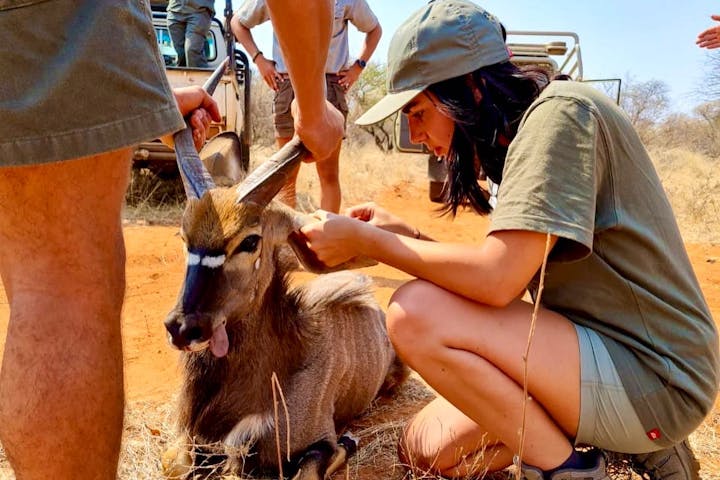
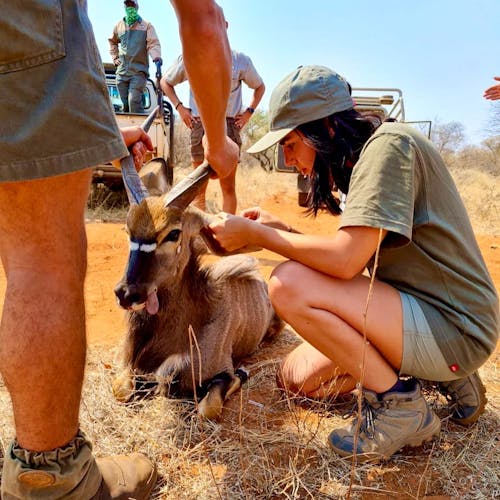
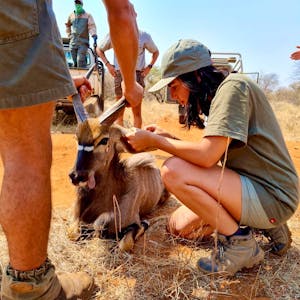

Marine Conservation Projects




Sabbaticals & Career Breaks
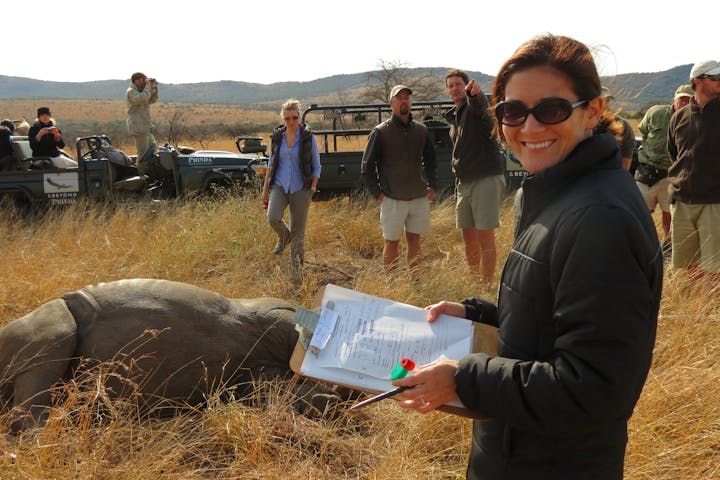
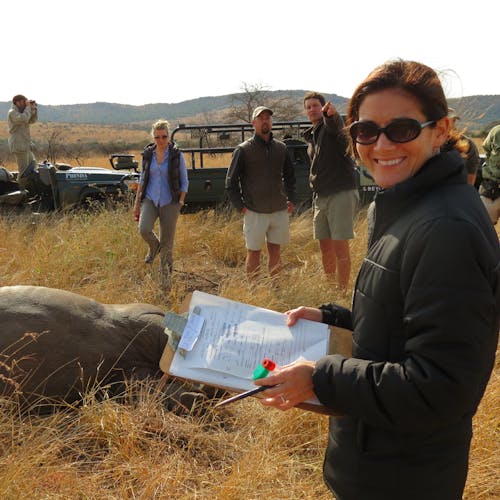
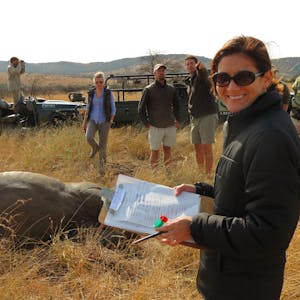

School & College Field Trips

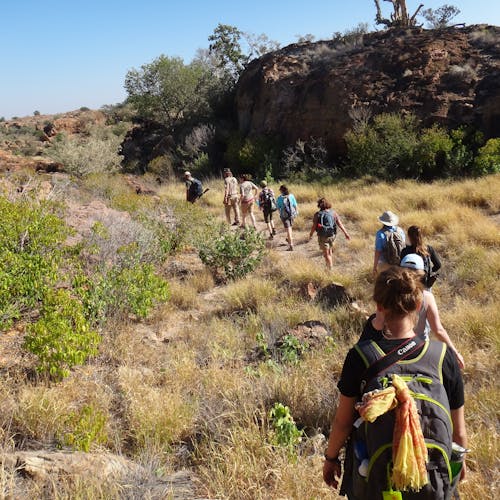


Short Experiences
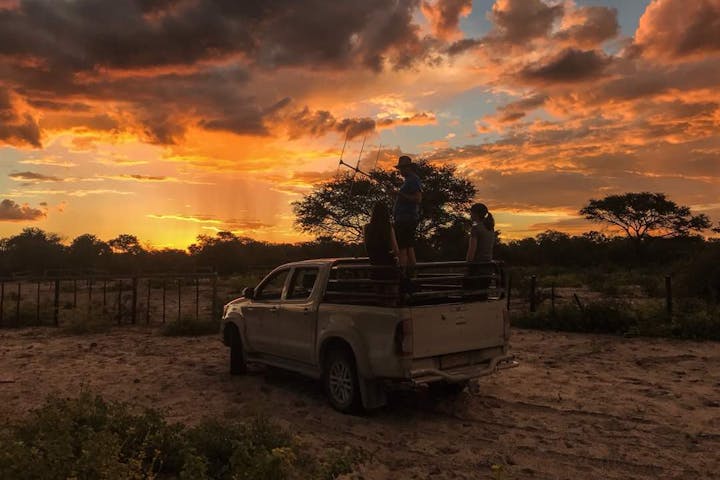
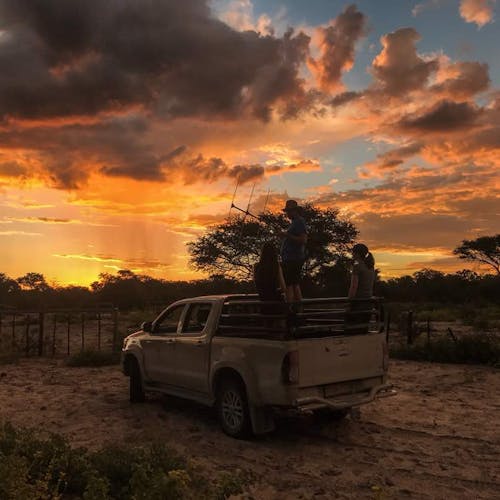


Wildlife Care & Rehabilitation

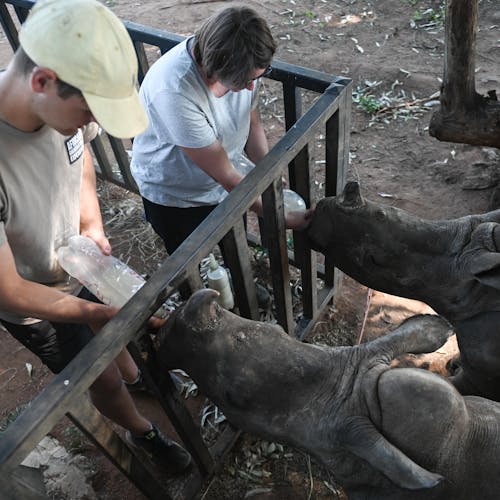

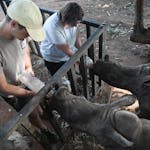
Wildlife Research & Management

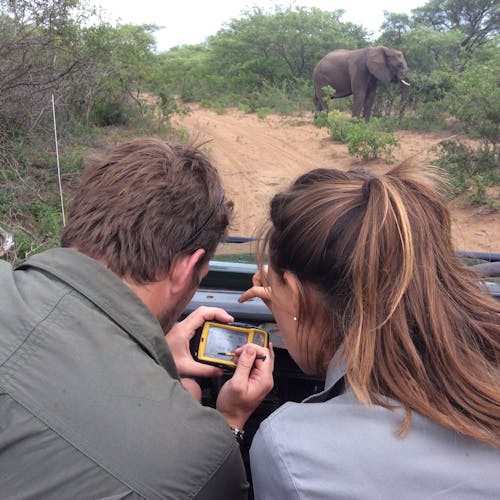

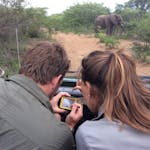
Wildlife Veterinary Projects

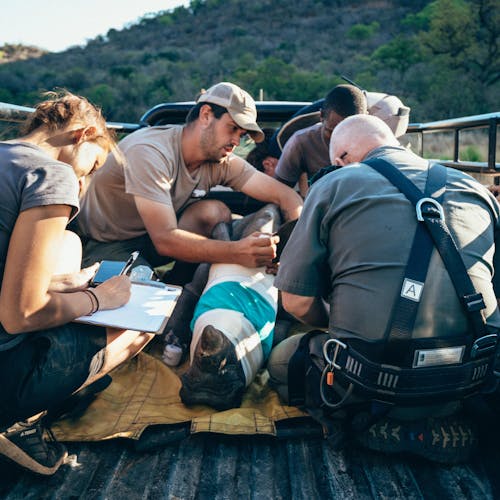


Or explore by animal
African Wild Dog Conservation Projects

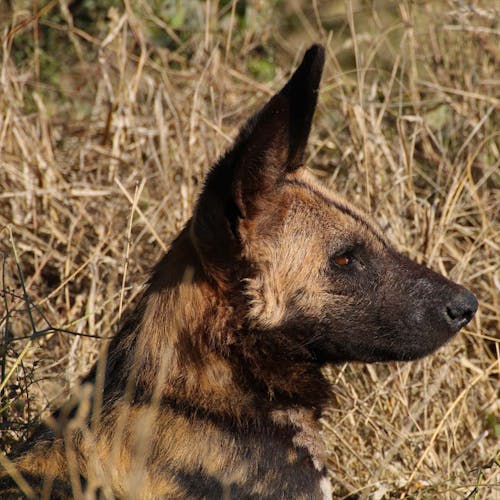


Lion Conservation Projects
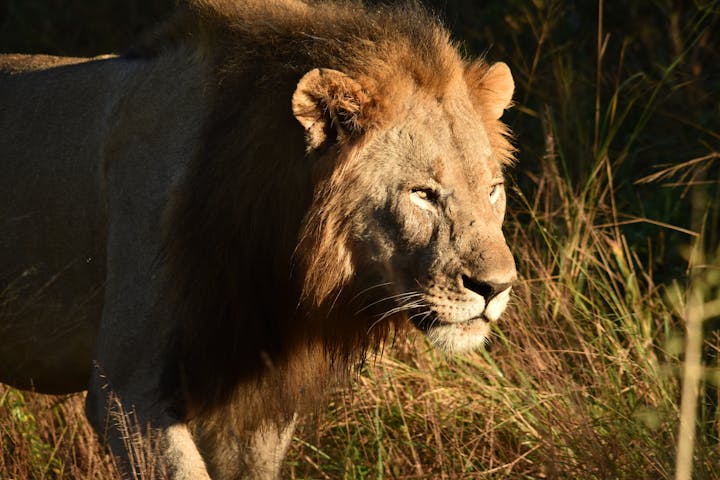
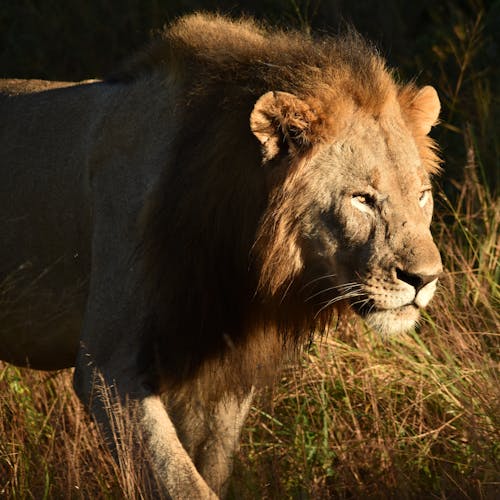
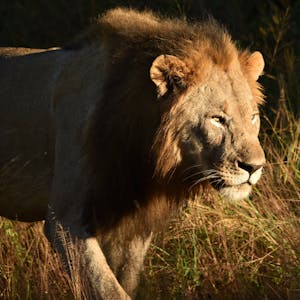

Rhino Conservation Projects
